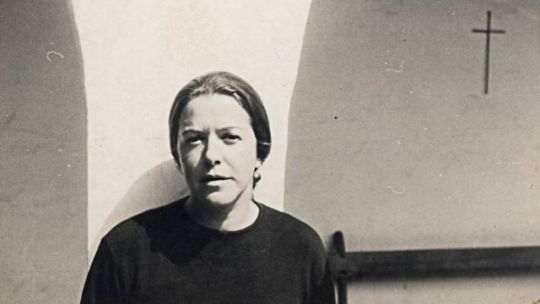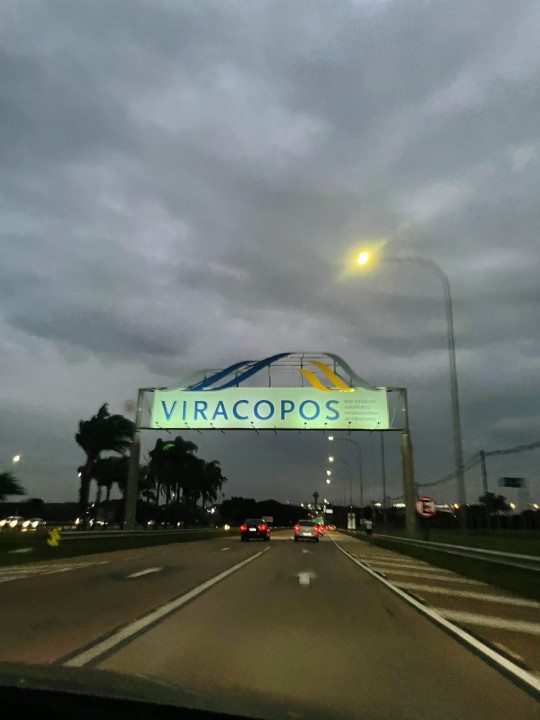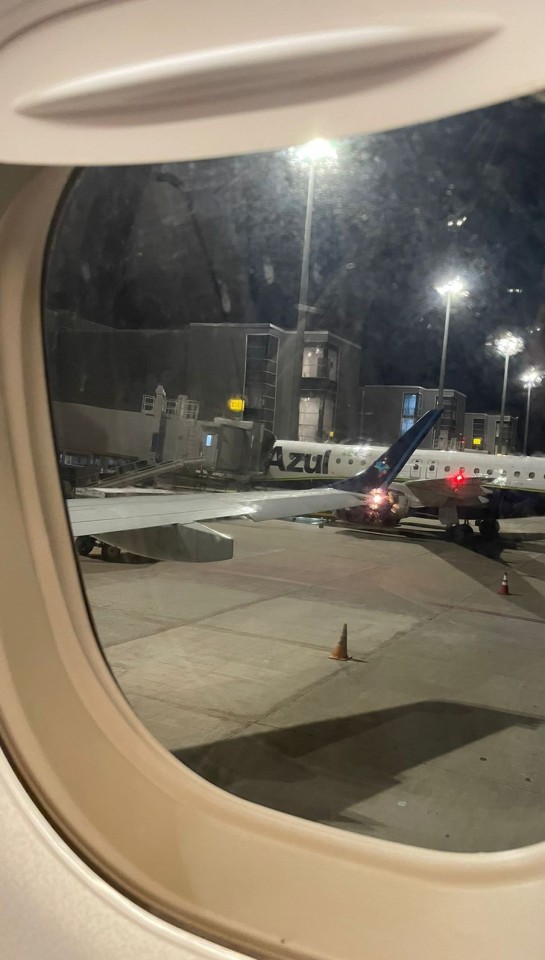#campina
Explore tagged Tumblr posts
Text


The Haunted Atlas
Castle Hasdeu - Câmpina, Romania
45°08′08″N / 25°43′38″E
House it St. Casal ils according to instrictions given by a ghost. Castle Hasdeu is located in the Prahova Valley neau the mountain resort of Sinata, about 90 miles north of Bucharest.
Built in the late 19th century, the castle was intended to be a portal between the reaims of the living and the dead. It was the scene of intense spirit activity in to prime. What went on there raises questions about the ability of the living to penetrate other dimensions: why links are established, what makes them flourish, and why they resist transference to other people when the original communicators leave or die.
History and Haunting Activity
The ghost of Castle Hasdeu is Julia Hasdeu, the bright child genius of Bogdan Petreicu Hasdeu, one of Romania's intellectual lights who was an accomplished author of biographies, scientific works, fictional works, and poetry. Bogdan Hasdeu was 31 when daughter Julia was bom in 1869; she was his only child. By her teens, Julia was fluent in six languages and was composing music for piano and violin. At 16, she entered the Sorbonne university in Paris. Beautiful and bright, she lived like a shooting star, faming across the canvas of life and coming to a sudden end just when her brilliance was at its height. In Paris she contracted tuberculosis and died just one month short of her 19th birthday in 1888. Her death devastated her father.
Six months later, Hasdeu, still in the depths of grief, was in his study one day when suddenly he experienced an automatic writing, his hand moving as if by its own volition. What he produced was a short message that seemed to come from Julia, in which she told him she was happy and loved him.
Other messages soon followed. Excited, Hasdeu immersed himself in a study of spiritualism, mediumship, and the spiritual works of Allen Kardec. He became convinced that his dead daughter was reaching out from the spirit world to communicate with him.
Communications from the entity known as Julia became increasingly sophisticated and complex. She described the spirit world. She dictated music. Recordings of her compositions are available today—the music has literally a “haunting" quality to it. More important, Julia dictated the plans for the buildinge of Castle Hasdeu as a place where two worlds could meet. Everything in it—the shapes and colors of the rooms, the symbols painted and carved on doors and walls, even the furnishings were directed from beyond.
Hasdeu conducted seances at the castle, and for a number of years it brimmed with the living and the dead. Phenomena included materializations, automatic writing, messages, and the manifestations of spirits.
Hasdeu's wife died in 1902, and he followed in 1907. At the time of his death, he left incomplete a massive project to write a dictionary of spiritualist terms. Hasdeu had distinguished himself earlier in life as the author of a dictionary of the Romanian language.
With Hasdeu's passing, the spirit activity at the castle waned. Perhaps it had been powered by the emotional link between Julia and her father; with both of them on the Other Side, there was little incentive to keep the portal active. Activity was further adversely affected under communism, which discouraged psychical research and made spiritualism illegal.
The castle is now maintained as a museum. Spiritualism remains illegal, which makes research there difficult. Outside researchers have not been able to access the records of seances and automatic writing. The lone significant activity is an annual "festival of the two Julias" held there every July 2.
One of the most striking features of the castle is its alchemical nature. Walking through it is like walking through an alchemical text full of symbols that activate consciousness about the relationship between earth and the spirit plane. It seems an unlikely product of a teenaged girl, genius or no.
The heavy main door into the castle is intended to be opened solely by thought; so far, no one has been able to accomplish that. Above the door is a symbol used by the Freemasons—the all-seeing Eye of God in a pyramid. Rays shoot out from it.
The castle has three sections: a tall central tower flanked by two shorter towers, symbolizing the Holy Trinity. The central tower has a metal spiral staircase that ascends to a domed roof, connecting hearth and heaven. In the center of the roof is a labyrinth painted on the ceiling and walls. From the center of the labyrinth, creative forces of the heavens stream down to the earthly plane. A scaffolding bearing a large statue of Jesus with arms outstretched and revealing his Sacred Heart is positioned under the vortex of the dome. Visitors can climb up to the statue; they are told that often photos taken of the statue do not come out or that people posing next to the statue do not appear on the film. Other lore holds that people who have their photos taken with the statue are doomed to die soon.
The labyrinth symbolizes the journey of the soul to the Source. Jesus here acts as mediator between heaven and Earth and also as gatekeeper, a role interpreted from his statement in the Bible that only through him can one reach the Father.
The domed vortex is supposed to be an entry point for streams of heavenly energy that heal and revitalize.
There is a progression to the castle. One starts in the chambers on the right, which are like a museum of a historic home. Exhibit cases hold photos and artifacts from the lives and activities of the Hasdeus and period furniture. A library contains the many books of Hasdeu, including the esoteric works he collected.
At the back of the castle is the center of the spirit activity. The seances were conducted in the "Blue Room"; blue is widely held to be the best color for communicating with the spirit world. The Blue Room features a round porthole in the wall, the apparent means of entry and exit for disembodied visitors. Curious triangle-shaped stools are in the room—another touch for the spirits, who supposedly used them for seating. On the wall is a striking painting of Hasdeu being overlighted by the spirit of the dead Julia.
On the other side of the Blue Room is another museum room, this one devoted to samples of the fruits of Hasdeu's spiritual labors: his automatic writing, musical scripts dictated by Julia, his unfinished dictionary, and more.
Explanations of Haunting Activity
Nearly a century after the death of Hasdeu, visitors can still feel an "atmosphere" there, and photographic anomalies have been reported. The story of Julia is appealing, but skeptics argue that Hasdeu produced everything himself. Overcome with grief and desperate for contact with his daughter, he created her ghost, which enabled him to produce material from within himself. Through his intense immersion in occultism, Hasdeu certainly had the knowledge required for the information that purportedly came from Julia. However, Hasdeu had his own prestige and fame, which could have been jeopardized by his spirit activities.
Text from The Encyclopedia of Ghosts and Spirits, Third Edition by Rosemary Ellen Guiley (Checkmark Books - 2007)
#the haunted atlas#castle hasdeu#ghosts#haunted locations#hauntings#spirits#apparitions#campina#romania
5 notes
·
View notes
Text
























Belém, 1969-d.1970 / Acervo Jorge Bodanzky no IMS
24 imagens de Belém registradas pelo cineasta Jorge Bodanzky nos preparativos para as filmagens do filme 'Iracema, uma transa amazônica'. Não há um indicativo preciso da data das imagens, entretanto, as filmagens ocorreram entre 1969 e 1970***.
Aparecem nas imagens: av. Magalhães Barata, av. Portugal, bairro da Campina, Doca do Ver-o-Peso, Feira do Açaí, Forte do Castelo, Igreja da Sé, Mercado de Ferro, Porto do Sal, Praça Visconde do Rio Branco, Praça do Relógio, r. Pe. Champagnat, Theatro da Paz e Ver-o-Peso
*** (em 10/01/25) Diferentemente do que foi escrito, não se trata dos preparativos para o filme Iracema, o qual foi rodado em 1974. As imagens foram feitas por Bodanzky ao passar por Belém quando trabalhava como fotógrafo freelancer para a Revista Realidade em 1968, conforme depoimento para o site Vice:
"Em 1968 estava parada em um posto de gasolina na rodovia Belém-Brasília uma dupla de freelances da revista Realidade. Dividiam o espaço com eles alguns motoristas de caminhão e jovens prostitutas, negociando sexo e caronas. O repórter estava no posto apurando informações duma pauta que hoje já foge um pouco da memória do fotógrafo e cineasta Jorge Bodanzky – 'Me lembro que tinha algo a ver com dinheiro falso'. Naquele dia sua atenção estava fixada na interação entre os choferes e as jovens garotas. 'Achei aquilo interessante e pensei em contar a história da Transamazônica através desses dois personagens'. Apesar de nunca ter feito um filme antes, esse se tornaria o enredo de seu primeiro filme e um dos clássicos do cinema documental".
Há mais uma imagem de Belém que faz parte do acervo de Bodanzky - agora depositado no IMS - que não apareceu no banco de dados do Instituto (com a chave de busca 'Belém'), mas em uma das páginas do site da Revista ZUM:

Note-se que se trata do mesmo ponto de vista (observar taxímetro no canto direito) que aparece na primeira imagem da série, na Av. Magalhães Barata com tv. 9 de Janeiro.
Aqui foi tomada a imagem do início da rua Manoel Barata; ao fundo se vê a Igreja de Santana. O casario ladrilhado do lado esquerdo foi parcialmente demolido (para estacionamento), restando as últimas três janelas. Adiante se vê uma placa comercial onde se pode ler "SANSÃO". O Guia de Telefones de Belém de 1965 confirma que ali havia a Sapataria Sansão. Do lado esquerdo, a parte superior das duas casas ainda permanece idêntica à foto, o piso inferior de ambas foi modificado para comércio.
#belem#jorge bodanzky#magalhaes barata#doca do ver o peso#campina#forte do castelo#igreja da se#porto do sal#largo das merces#padre champagnat#theatro da paz
1 note
·
View note
Text
UFCG - Universidade Federal de Campina Grande PCI Concursos
0 notes
Text

Chapel built in devotion to “Nossa senhora da Penha”
Campinas - Brasil
12 notes
·
View notes
Text
Chave automotiva Mercedes┃Na gringa 🌐
Curtiu? Deixe sua reação! ❤️
#keys#key#cars#chaveiro#profissional#chaveirocampinas#santagenebra#mercedes#mercedez benz#carros#campinas#luxury car
70 notes
·
View notes
Photo

Brazilian poet Hilda Hilst
#Hilda Hilst#Hilst#Jaú#Brazilian#Brazil#Jau#poetry#poet#playwright#author#writer#Campinas#São Paulo#1930#1930's#2004#2000's#1900's
78 notes
·
View notes
Text
youtube
"Isabel" by Campina Grande, Brazil-based gothic rock act Noturna Régia off of their 2019 album Sobre Anjos e Outros Contos
#gothic rock#rock music#hard rock#rocking goth#Noturna Régia#Isabel#Sobre Anjos e Outros Contos#music#Brazilian#South American#2019#Campina Grande Brazil#Noturna Regia#Youtube
7 notes
·
View notes
Text

Catedral Metropolitana de Campinas
#architecture#cathedral#catedralmetropolitanadecampinas campinas#saopaulo#brasil#pentax#pentaxkr#smcpentaxda35mmf2_4al
15 notes
·
View notes
Text
Camping with you😏😏

#camping#literature#funny memes#funny#funny shit#humor#lol#meme#campinas#spilled poetry#popular#spilled thoughts
6 notes
·
View notes
Text

Campina Grande, Paraiba - Brazil
10 notes
·
View notes
Text

Street scene in Campinas, Brazil
Brazilian vintage postcard
#postal#street#scene#historic#brazil#ansichtskarte#campinas#sepia#vintage#tarjeta#briefkaart#photo#brazilian#postkaart#ephemera#postcard#postkarte#photography#carte postale
2 notes
·
View notes
Text




9 notes
·
View notes
Text

#cottagecore#cottage#cottage living#aesthetic#cosas que escribo#una chica escribiendo#escritos#reflection#reflexión#reflexiones#campo#camping#campinas#nature#naturaleza#ecology#art#arte#girl blogging#white academia
3 notes
·
View notes
Text


Barão Geraldo
Campinas - Brasil
6 notes
·
View notes
Text
youtube
Music video to 2024 mellow single “Delírio, Desejo, Mandrágora” by Campina Grande, Brazil-based gothic rock band Noturna Régia
#gothic#nugoth#witchcore#mystical#Noturna Régia#Delírio Desejo Mandrágora#singles#music#music video#first share#2024#Campina Grande Brazil#Brazilian goth#goth brasileiro#goth em português#Noturna Regia#mandrake#Youtube
4 notes
·
View notes
Text
Explorando o mundo em tons únicos de Ots, em Campinas
Com certeza, em algum momento, você já se deparou com ilusões de ótica que nos fazem questionar aquilo que percebemos e entendemos como "realidade". Agora pense como seria se só você visse o mundo pelas lentes da ilusão de ótica permanentemente. Perceber as coisas de uma maneira diferente dos outros geraria vários desafios cotidianos e outros bem mais complexos. E é nesse contexto, enxergando de uma forma única, que Tiago Almeida Barreto, também conhecido como Ots, fez grafites que podem ser apreciadas por todos.
Ao contrário do que muitos pensam, ver alguns tons a menos não faz o grafiteiro gostar menos das cores ou não ter vontade de usá-las para expressar sua arte, que apresentam várias tonalidades e dão vida aos muros de Campinas (SP), mostrando a sua visão única do mundo.
Além dos trabalhos espalhados pela área urbana da cidade, a Galeria Urban Arts também foi seu espaço para brilhar. A exposição de quadros "Só de passagem", em 2017, possui análises interplanetárias inspiradas em elementos e cores cósmicas.
Enquanto descobrimos os mais diversos lugares do mundo, as obras de Thiago Barreto nos fazem perceber que cores são muito mais que apenas pigmentos e que a arte vai muito além de um desenho, é expressão e movimento. Fica o convite, aos observadores atentos, que procurem pelas obras desse artista pela grande cidade de Campinas, e nelas busquem experimentar ampliar os horizontes para enriquecer suas histórias, se permitindo filosofar sob a perspectiva de uma outra paleta de cores.
6 notes
·
View notes